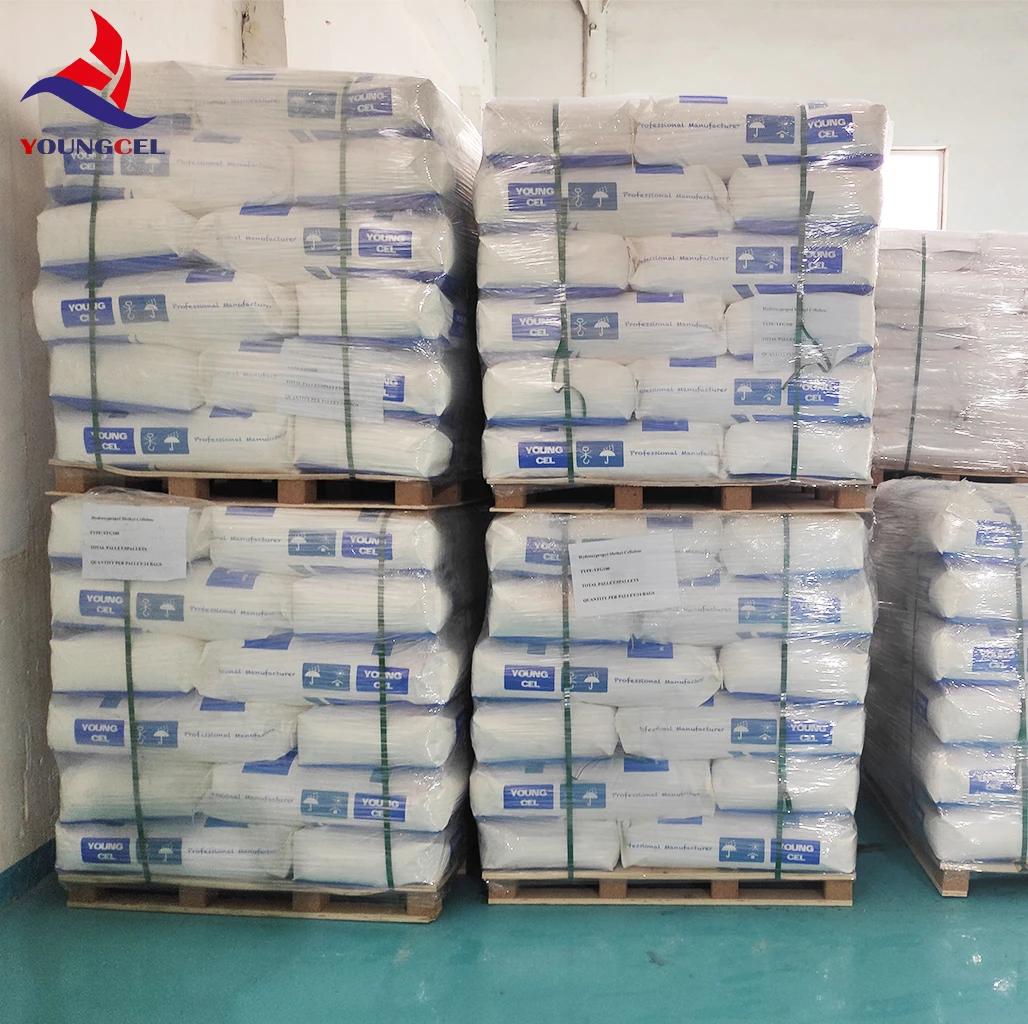Understanding HPMC in the Context of Pakistan
Introduction
Hydroxypropyl Methylcellulose (HPMC) is a versatile polymer used across various industries, from pharmaceuticals to food production. In Pakistan, the significance of HPMC is burgeoning, driven by the country’s expanding manufacturing capabilities and growing international trade.
What is HPMC?
HPMC is a cellulose derivative, specifically a semisynthetic polymer. It is produced by altering cellulose, a naturally occurring polymer found in the cell walls of plants. The modification process involves etherification, where propylene oxide and methyl chloride are introduced to cellulose. This results in a white, odorless powder that is soluble in water and demonstrates remarkable thickening, binding, and film-forming properties.
Applications of HPMC
In Pakistan, HPMC is primarily utilized in the pharmaceutical industry. It serves as a crucial ingredient in the production of controlled-release formulations and as a binder in tablets. The demand for high-quality medicines is on the rise in Pakistan, leading to an increased reliance on HPMC for enhancing the efficacy and stability of pharmaceutical products.
HPMC is also gaining traction in the food industry, where it acts as a thickening agent and stabilizer. The demand for processed and convenience foods in Pakistan is growing, especially in urban areas, resulting in a higher consumption of additives like HPMC. Furthermore, it plays a role in improving the texture of gluten-free products, catering to a niche market of health-conscious consumers.
The construction industry in Pakistan benefits from HPMC as well. It is commonly used in cement-based products, such as tile adhesives and grouts. By improving workability, water retention, and adhesion, HPMC enhances the performance and durability of construction materials.
Economic Impact
hpmc pakistan

The production and utilization of HPMC contribute to Pakistan's economic growth. As manufacturers seek to align with international standards of quality and safety, the demand for HPMC has surged. This trend has led to investments in local manufacturing facilities, which not only create jobs but also position Pakistan as a potential supplier to the global market.
Additionally, the cultivation of raw materials for HPMC production is becoming a prospective area for agricultural growth. The cellulose required for HPMC can be derived from various agricultural byproducts, thereby adding value to local farming and reducing waste.
Challenges Facing HPMC Production in Pakistan
Despite its growing importance, the HPMC industry in Pakistan faces several challenges. One significant issue is the quality control of raw materials. Ensuring that cellulose used in HPMC production meets the desired standards is crucial for achieving high-quality end products. The lack of standardized testing facilities can hinder this process.
Moreover, the competition from imported HPMC products poses a challenge for local manufacturers. Imported HPMC often comes from established firms in countries with advanced production technologies, making it difficult for Pakistani companies to compete on price and quality. To address this, it is essential for local manufacturers to focus on innovation and enhancing their production processes.
Sustainability and Future Prospects
As sustainability becomes a more pressing concern globally, the HPMC industry has a crucial role to play in advancing eco-friendly practices. HPMC is biodegradable, offering a cleaner alternative to traditional synthetic polymers. The promotion of HPMC in various applications aligns with the global shift toward sustainability, providing a pathway for growth in Pakistan’s manufacturing sector.
Ongoing research into enhancing the properties of HPMC and developing new applications can further bolster its standing in the market. Collaborations between academic institutions and industries can foster innovation, helping Pakistan to not only meet domestic demand but also to establish itself as a competitive player in the global HPMC market.
Conclusion
In conclusion, HPMC represents a significant opportunity for both growth and innovation in Pakistan. From pharmaceuticals and food production to construction materials, its applications are diverse and essential. While challenges exist, particularly concerning quality control and competition, the potential for sustainable growth and economic impact is immense. As the demand for high-quality, functional materials continues to rise, Pakistan's HPMC industry is well-positioned for a promising future. By investing in technology, standards, and research, Pakistan can harness the full benefits of HPMC, contributing to its economic strength and the welfare of its populace.
-
Rdp Powder: Key Considerations for Wholesalers in the Building Materials IndustryNewsJul.08,2025
-
Key Considerations for Wholesalers: Navigating the World of Hpmc - Based ProductsNewsJul.08,2025
-
Hpmc Detergent: Key Considerations for WholesalersNewsJul.08,2025
-
Key Considerations for Wholesalers: China Hpmc For Tile Adhesive, Coating Additives, Concrete Additives, and MoreNewsJul.08,2025
-
Crucial Considerations for Wholesalers: Navigating the World of Construction MaterialsNewsJul.08,2025
-
Key Considerations for Wholesalers Sourcing Additive For Cement, Additive For Concrete, Additive For Putty from Additive Manufacturer Shijiazhuang Gaocheng District Yongfeng Cellulose Co., Ltd.NewsJul.08,2025




